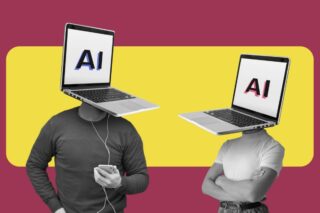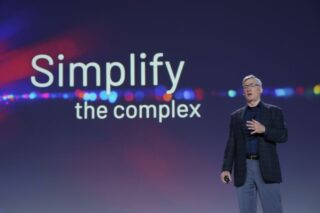A neurological AI engine for analyzing and interpreting human behavior and cognitive state through video is to be employed via webcam within the homes of patients.
Pioneering deep-tech startup Revealense’s Illuminator platform analyzes live or recorded film to detect subtle psychophysiological signals and generate dynamic mental profiles. Now the company has teamed up with Accelerate, Redesign, Collaborate (ARC), the innovation arm of the Tel Aviv-based Sheba Medical Center, to install the technology in homes.
Dov Donin is the CEO of Revealense. For him, the collaboration between Revealense and ARC represents a critical milestone in bringing the technology into mainstream clinical practice:
“The partnership establishes a joint venture aimed at redefining neurological diagnostics,” he continues.“ For families, this means reducing the agonizing wait for a formal diagnosis and enabling intervention during the most plastic stages of brain development.”
A Standard Webcam
The first diagnostic protocols will focus on autism, ADHD and related conditions, with the ability to detect signs in children as young as six to 12 months. Unlike other technologies that require wearables or invasive sensors, the Illuminator collects data via an everyday webcam. This makes it accessible to almost any household or clinic.
“The platform analyzes a spectrum of behavioral and physiological markers, ranging from micro-muscle movement and voice stress patterns to gaze dynamics, skin pigmentation shifts, changes in blood flow, heart rate changes and body language,” he explains. It synthesizes them into a multidimensional, bias-reduced assessment.”
Each evaluation concludes with an automated report that highlights behavioral scores. This document provides clinicians and caregivers with a clear overview of the results.
High Precision Levels
What sets Revealense apart, says Mr. Donin, is the integration of advanced psychophysiological measurement with contextual AI. The platform cross-validates multiple modalities to ensure robustness and fairness.
“For example, if a voice stress cue suggests anxiety but facial analysis indicates neutrality, the system weighs both signals and considers the situational context before concluding. This multimodal fusion significantly reduces diagnostic bias, ensuring that results remain reliable across diverse populations, cultures, and environments.”
Accuracy levels in internal validation studies have reached as high as 85 to 93% across behavioral states.
“This level of precision that rivals or exceeds traditional human assessment while maintaining explainability and fairness.”
Early Intervention
To date, mental and neurological health assessments have depended largely on clinician observation, interviews and checklists, he says. While these methods have formed the backbone of psychiatry and developmental diagnostics, they remain deeply constrained by their reliance on human interpretation.
“Clinicians can only evaluate what they observe in limited, often artificial settings, typically during an office visit, where patients may not display their full range of behaviors.”
Traditional diagnostics can also be time-consuming, requiring months of observation or long waiting periods before children are formally evaluated.
“In many health systems, the average age of autism diagnosis, for example, remains well past three years, even though parents frequently notice atypical behaviors earlier. The loss of these critical early years diminishes the impact of early intervention therapies, which are known to improve outcomes.”
For adults, the challenges manifest differently: subtle signs of depression, PTSD, or cognitive decline are frequently overlooked, dismissed, or misattributed, leaving millions undiagnosed or misdiagnosed.
“These systemic challenges underscore the need for a shift toward more objective, scalable, and timely methods.”
Overcoming Barriers
The Revealense technology also offers accessibility, Mr. Donin observes. By conducting assessments via a standard webcam in the comfort of a patient’s home, the system aims to democratize access to high-quality diagnostics.
“Adults undergoing evaluation for cognitive decline, depression, or PTSD can complete assessments without the barriers of stigma, travel, or lengthy waitlists. This at-home capability not only enhances accuracy by capturing genuine behavior but also alleviates burdens on healthcare systems by reducing bottlenecks and clinic time.”
Read also






![Image [Buying Guide] How to Choose the Right Protection Gloves?](/wp-content/uploads/sites/3/Gloves-1-320x213.jpg)



